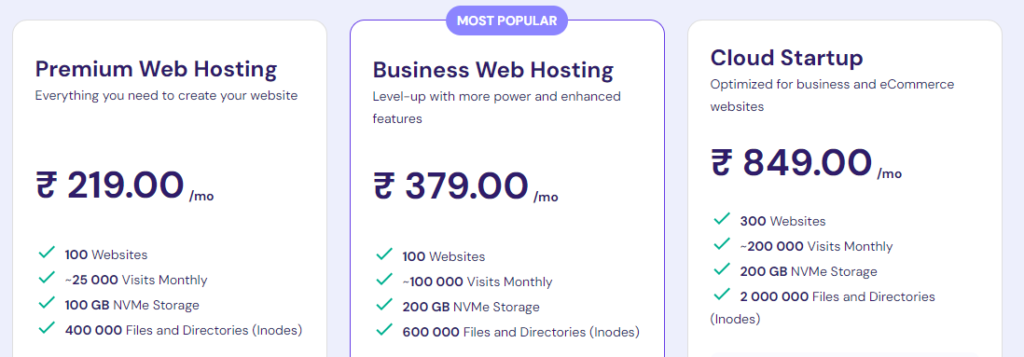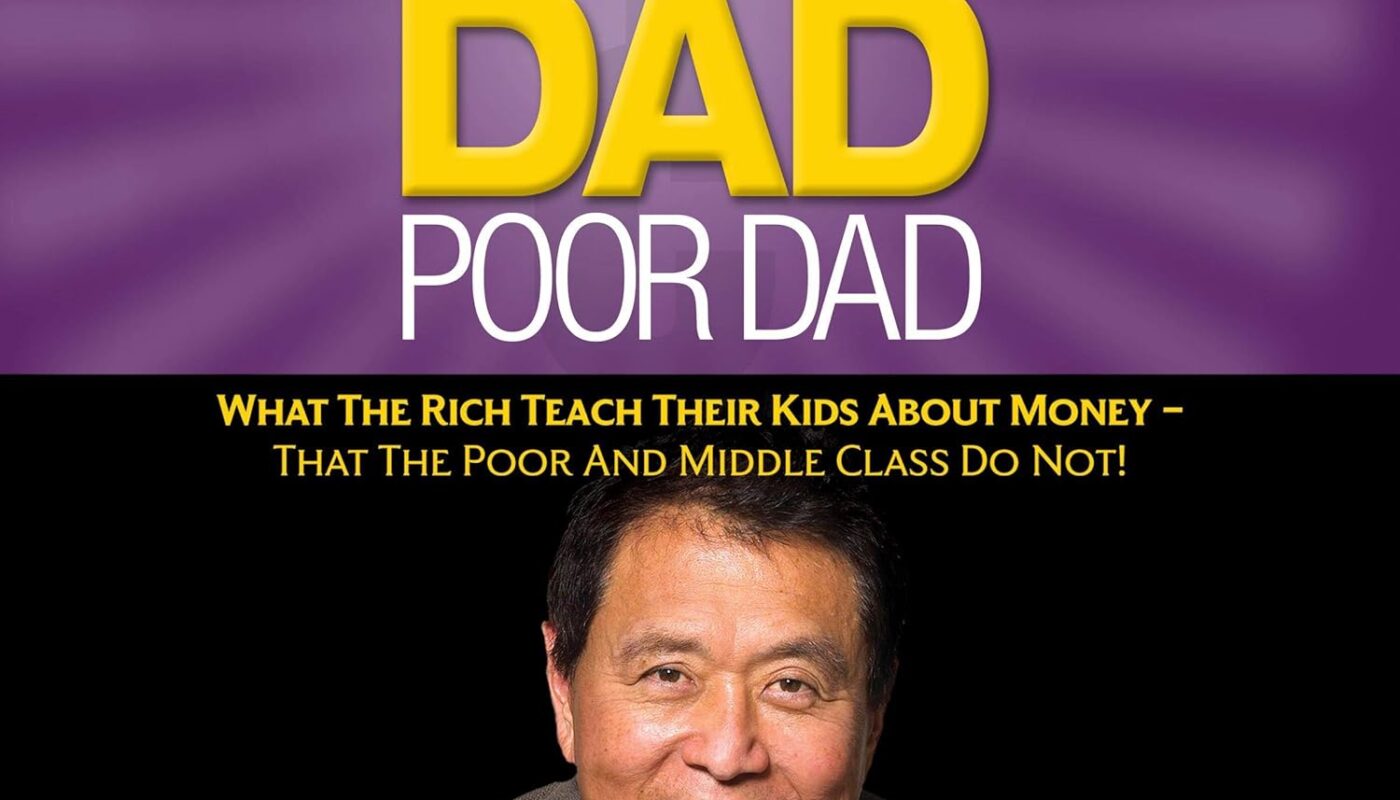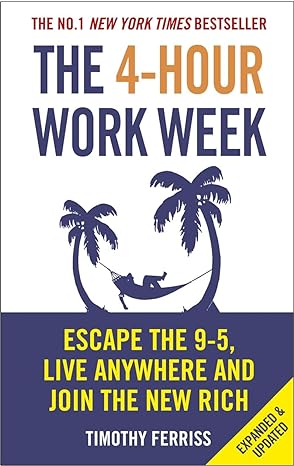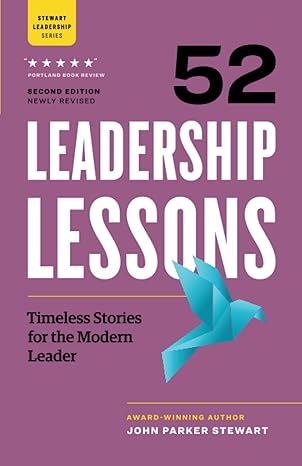INTRODUCTION
When it comes to personal finance, few books have had the impact of Rich Dad, Poor Dad by Robert T. Kiyosaki. First published in 1997, this classic shattered traditional beliefs about money, work, and wealth.
In it, Kiyosaki shares the contrasting financial philosophies of his two “dads” — his own highly educated but financially struggling father (Poor Dad), and his best friend’s self-made, wealthy father (Rich Dad). Through their lessons, the book teaches readers how to think differently about income, assets, and financial independence.
If you’ve been searching for a way to rethink money and escape the paycheck-to-paycheck cycle, Rich Dad, Poor Dad is a must-read.
👉 Get your copy here
The Two Dads That Shaped a Philosophy
Kiyosaki’s real father (Poor Dad) believed in:
- Getting good grades
- Getting a secure job
- Working hard until retirement
His Rich Dad, on the other hand, believed in:
- Building assets
- Understanding how money works
- Creating passive income streams
The contrast between these two mindsets forms the backbone of the book — and the reason it’s one of the most recommended personal finance books of all time.
Key Lessons from Rich Dad, Poor Dad
Here are the main takeaways that make this book timeless.
1. The Rich Don’t Work for Money — They Make Money Work for Them
One of the most memorable lessons from Rich Dad, Poor Dad is that the wealthy focus on building assets, not just earning a salary.
Assets are things that put money in your pocket (like investments, rental properties, or businesses). Liabilities are things that take money out (like expensive cars or a big mortgage).
Kiyosaki explains that the path to financial independence is simple: grow your assets until they generate enough passive income to cover your expenses.
2. Financial Education Is the Real Power
Schools teach us how to earn money — but rarely how to manage or multiply it. This is one of Kiyosaki’s main criticisms of the traditional education system.
In his view, financial literacy means understanding:
- How money flows in and out
- How taxes work
- How to spot good investments
- How to manage risk
Without this knowledge, even high earners can remain stuck in the rat race.
3. Mind Your Own Business
Kiyosaki’s Rich Dad often told him: “Mind your own business.” By this, he didn’t mean quit your job immediately — he meant start building something on the side that could eventually become your main income source.
That could be:
- A small business
- Real estate investments
- Dividend-paying stocks
By focusing on your own “business” (your asset column), you take control of your financial future instead of relying on an employer.
4. The Power of Entrepreneurship
One of the most empowering ideas in the book is that entrepreneurship gives you the highest potential for wealth creation.
While a job gives you security, a business gives you leverage. You can scale income, control your time, and create something that lasts beyond your working years.
Kiyosaki stresses that anyone can learn entrepreneurial skills — but you have to be willing to think like an investor and take calculated risks.
5. Work to Learn, Not to Earn
Instead of chasing the highest paycheck, Kiyosaki recommends seeking jobs that teach valuable skills — especially in sales, marketing, communication, and investing.
These skills compound over time and can help you transition from an employee mindset to a wealth-builder mindset.
Why Rich Dad, Poor Dad Still Matters Today
Even though it’s more than 25 years old, Rich Dad, Poor Dad remains relevant because it challenges deeply ingrained beliefs about money.
In an era of economic uncertainty, rising costs, and evolving job markets, the book’s lessons on financial independence and asset building are more critical than ever.
If you’ve ever felt like you’re working hard but not getting ahead, this book offers a roadmap to break free.
👉 Grab your copy here
Real-World Applications of Rich Dad’s Lessons
Let’s break down how you can apply the principles from this book in your own life.
Step 1: Build Your Asset Column
Start investing in:
- Index funds or dividend-paying stocks
- Real estate rentals
- Small businesses or side hustles
Step 2: Reduce Liabilities
Be mindful of lifestyle inflation. A bigger house or fancier car might look like wealth but often traps you in debt.
Step 3: Improve Your Financial Literacy
Read books, attend workshops, and learn from mentors. Financial knowledge is like compound interest — it grows over time.
Step 4: Develop Multiple Income Streams
Don’t rely on a single source of income. Whether it’s through investments, online businesses, or part-time ventures, multiple streams offer security and growth potential.
Step 5: Take Calculated Risks
Fear of failure keeps many people stuck. Kiyosaki teaches that risk is part of the game, but with the right education and planning, you can minimize it.
The Rat Race vs. Financial Freedom
The “rat race” is working for a paycheck, paying bills, and repeating the cycle — without ever getting ahead.
Financial freedom comes when your passive income exceeds your expenses. This is the moment you stop working for money and start living life on your terms.
Criticisms of Rich Dad, Poor Dad
Some critics question whether Rich Dad was a real person, while others say the book oversimplifies wealth-building.
However, the value lies not in verifying every detail, but in the mindset shift it creates. The principles align with what many self-made millionaires practice.
Who Should Read This Book?
- Employees who want to break free from financial dependence
- Entrepreneurs seeking to scale wealth
- Young adults starting their careers
- Anyone who wants financial independence
Inspiring Quotes from Rich Dad, Poor Dad
- “The poor and the middle class work for money. The rich have money work for them.”
- “It’s not how much money you make, but how much money you keep.”
- “The single most powerful asset we all have is our mind.”
Final Thoughts
Rich Dad, Poor Dad is more than a book — it’s a wake-up call. It shows that the path to wealth isn’t about working harder; it’s about working smarter, investing in assets, and building financial intelligence.
If you’re ready to take control of your future, the first step is changing how you think about money.
👉 Get your copy today and start your journey toward financial freedom
“Start Your Website Journey Today – Exclusive Hostinger Discounts!”

Turn Any Idea into Viral,
Jaw-Dropping AI Videos in Seconds!










